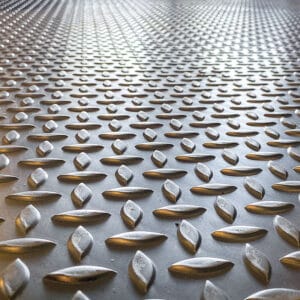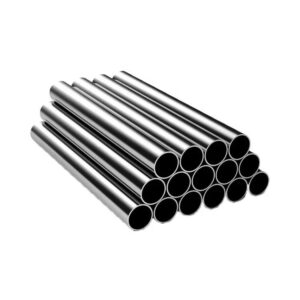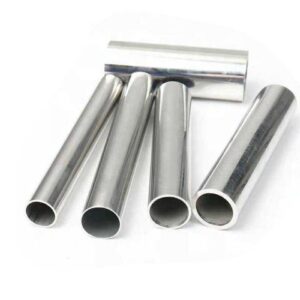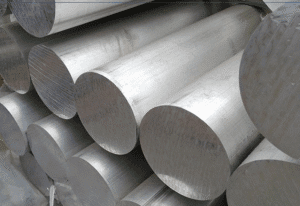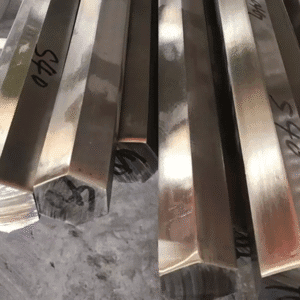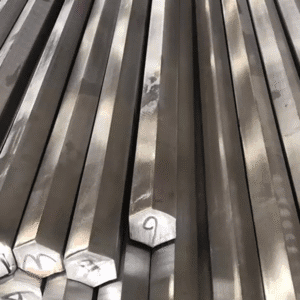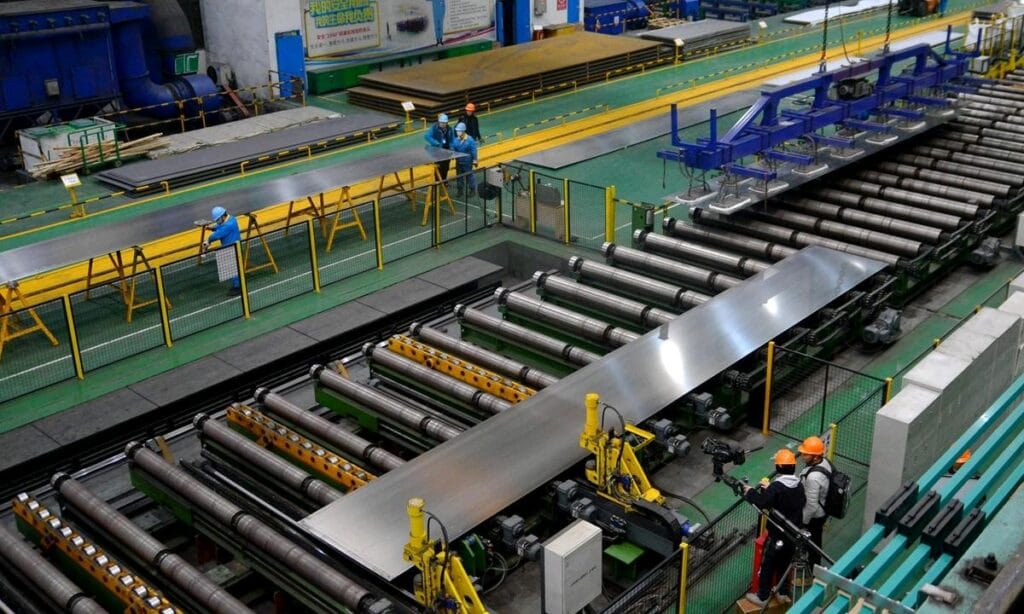In the fields of industrial manufacturing and architectural decoration, aluminum plates are widely used because of their advantages such as light weight, corrosion resistance, and flexible processing. In order to meet the needs of different application scenarios, aluminum plates have a rich classification in terms of materials, surface treatment and uses. This article will systematically introduce the common types of aluminum plates, various surface treatment processes, and their practical application cases to help you better choose the right aluminum alloy material.
1. Basic classification of aluminum plates
Aluminum plates can be mainly classified from the following aspects:
1.1 Classification by alloy composition
Aluminum plates are divided into two categories: pure aluminum plates and alloy aluminum plates according to different alloy elements.
Pure aluminum plates (such as 1050, 1060, 1100 series): The aluminum content is more than 99%, the ductility is good, and it is easy to weld and process. It is widely used in food packaging, electrical appliances, chemical equipment and other industries.
Alloy aluminum plate:
- 1000 series: industrial pure aluminum, strong corrosion resistance, excellent conductivity;
- 3000 series (such as 3003, 3004): with manganese as the main alloy element, good corrosion resistance, often used in roofing materials, decorative panels, etc.;
- 5000 series (such as 5052, 5754): with magnesium as the main element, high strength, good welding performance, suitable for shipbuilding and automobile manufacturing;
- 6000 series (such as 6061, 6082): with magnesium and silicon as the main alloy elements, medium strength, excellent performance after heat treatment, widely used in structural parts;
- 7000 series (such as 7075): with zinc as the main alloy element, the highest strength, often used in the aerospace field.
2. Classification by thickness
- Thin plate (less than 2mm): such as used in lighting fixtures, signs, decorative panels.
- Medium plate (2-6mm): used in equipment housing, building decoration, etc.
- Thick plate (6-25mm): widely used in mold manufacturing and mechanical structure.
- Extra thick plates (greater than 25mm): mostly used in heavy industries, such as aviation and ship structures.
3. Classification by state (Temper)
The state of the aluminum plate will also affect its performance, such as O (soft state), H (work hardening state), T (heat treatment state), etc. Different states are suitable for different processing and use scenarios.
4. Common aluminum plate surface treatment process
In addition to the importance of the material itself, the surface treatment process is also critical. It not only affects the aesthetics, but also the corrosion resistance and functionality. The following are common aluminum plate surface treatment methods:
4.1 Brushed Finish
Through mechanical friction, fine line texture is formed on the surface of the aluminum plate to enhance its beauty and texture. Commonly used in electrical panels, decorative materials, etc.
Application examples: elevator panels, stainless steel decorative panels, electrical housings.
4.2 Anodized
The surface of the aluminum plate is electrochemically treated in an electrolyte to form a dense oxide film, which improves corrosion resistance and hardness. At the same time, it can be dyed to enhance the decorative effect.
Application examples: building curtain walls, LED lamps, laptop shells.
4.3 Mirror Finish
The surface of the aluminum plate is made as bright as a mirror through physical or chemical polishing. It is often used in scenes where reflection effects are required.
Application examples: lamp reflectors, display cabinet back panels, home appliance panels.
4.4 Powder Coating & Sandblasting
Spraying can be customized in color and pattern according to needs to increase visual impact;
Sandblasting is used to increase surface roughness and improve adhesion.
Application examples: furniture aluminum parts, outdoor billboards, metal decorative panels.
4.5 Embossing
Various patterns are pressed out of the aluminum plate through a mold, such as diamonds, five ribs, orange peel patterns, etc., to increase anti-slip and decorative properties.
Application examples: anti-slip floors, cold storage door panels, tool boxes.
5. Practical application fields of different aluminum plate surface effects
| Surface treatment process | Typical application scenarios | Features & advantages |
| Wire drawing | Home appliances, cabinets | Strong modern sense, beautiful and durable |
| Anodizing | Architectural decoration, lamps | Corrosion resistance, rich colors |
| Mirror | Lighting, exhibition display | High reflectivity, high brightness |
| Spraying | Outdoor advertising, logo,UV protection | various colors |
| Embossed | aluminum Diamond Plate, cold storage | non-slip, durable |
6. How to choose the appropriate aluminum plate type and surface effect?
When purchasing aluminum plates, it is recommended to consider the following aspects:
- Use function: Is it necessary to be non-slip, reflective, and weather-resistant?
- Processing requirements: Is it necessary to bend, weld, or cut?
- Decorative effect: Is color, gloss, or pattern required?
- Cost budget: Different series and surface treatment prices vary greatly.
For example, if used for outdoor billboards, 5052 sprayed aluminum plates can be preferred; if used for kitchen equipment, 3003 brushed aluminum plates are preferred.
7. Summary: Improve purchasing decisions and design efficiency
Understanding the classification and surface treatment of aluminum plates not only helps to select materials more scientifically, but also provides a reference for design, manufacturing and cost control. For users who purchase aluminum alloy materials wholesale, the right choice will greatly improve product performance and brand image.
If you are looking for a high-quality aluminum plate custom supplier, we can provide a variety of alloy models, thickness specifications and surface treatment services to meet various industrial and decorative needs. Welcome to contact us for samples or quotes!

